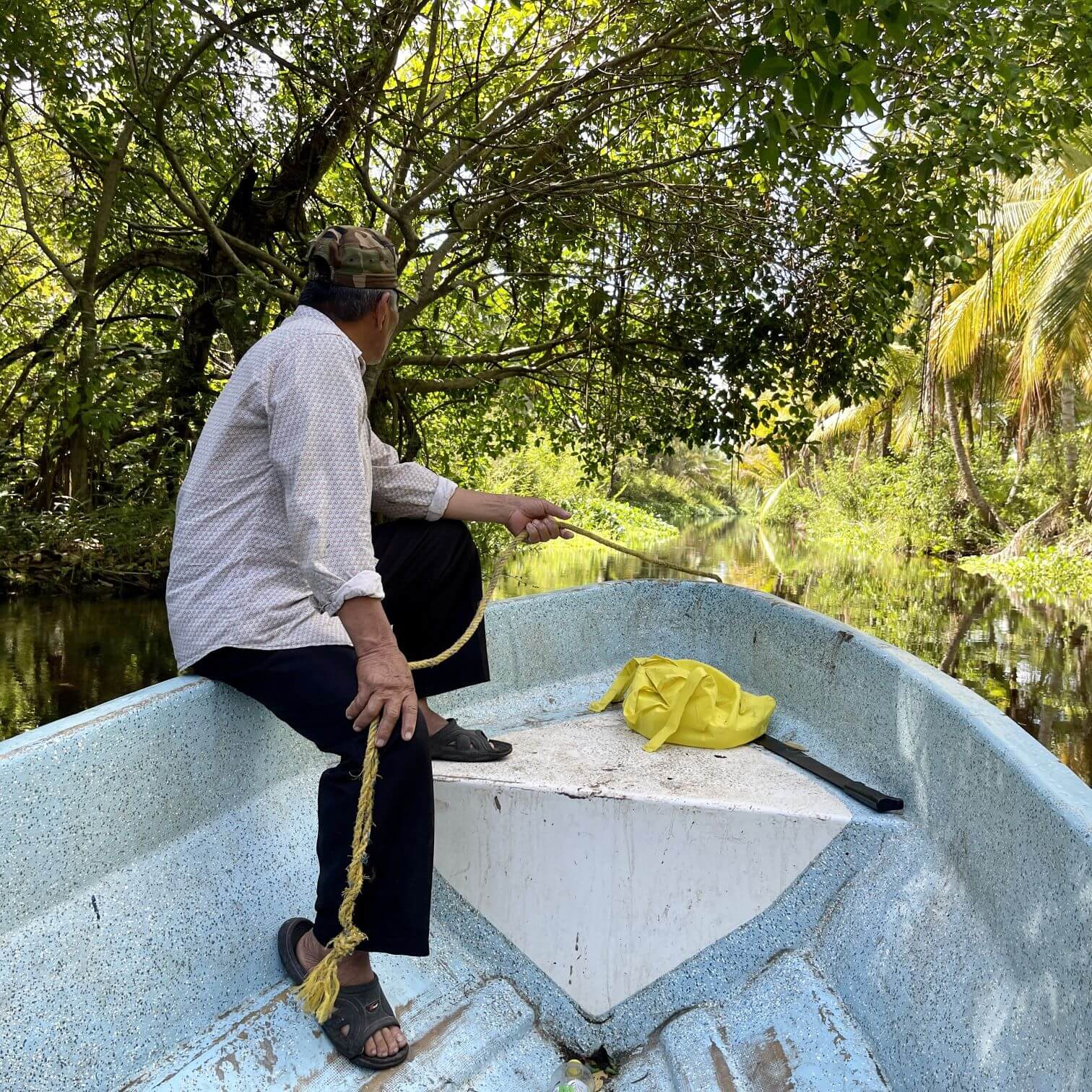Where We Work
Madagascar
Brazil
Our Approach

Communities are the drivers of ARC projects. A community must be fully engaged in the project in order for the project to succeed.
ARC employs community members to restore. We use a scalable and efficient approach to minimize costs and maximize donation impact.
Communities who have been deeply engaged in the restoration of their environment steward their environment long after a project is concluded.
Our Process
Preparation
Land must first be prepared for restoration. This phase includes removing invasive species, tilling soil, enriching soil, and controlling erosion. These activities are essential to establishing the foundation of a successful restoration project.
Planting
Restoring a healthy forest canopy starts by planting pioneer species to set the stage for a diverse, healthy ecosystem. This phase includes establishing a nursery, planting trees, and encouraging natural regeneration.
Enrichment
Once partial cover is established, the forest is enriched with natural local species to improve the overall health of the ecosystem and encourage increased biodiversity. This phase includes managing forests, planting enriching species, and encouraging natural regeneration.
Conservation
Once an ecosystem is restored, it needs to be protected for longevity. This phase includes employing forest guards, creating sustainable activities for communities to lead, and creating partnerships with governments to conserve the site.
ARC Quick links:
© 2026 Accelerated Restoration Collaborative | Privacy Policy
501(c)3 tax-exempt organization. Your donation is tax-deductible within the guidelines of U.S. law.

